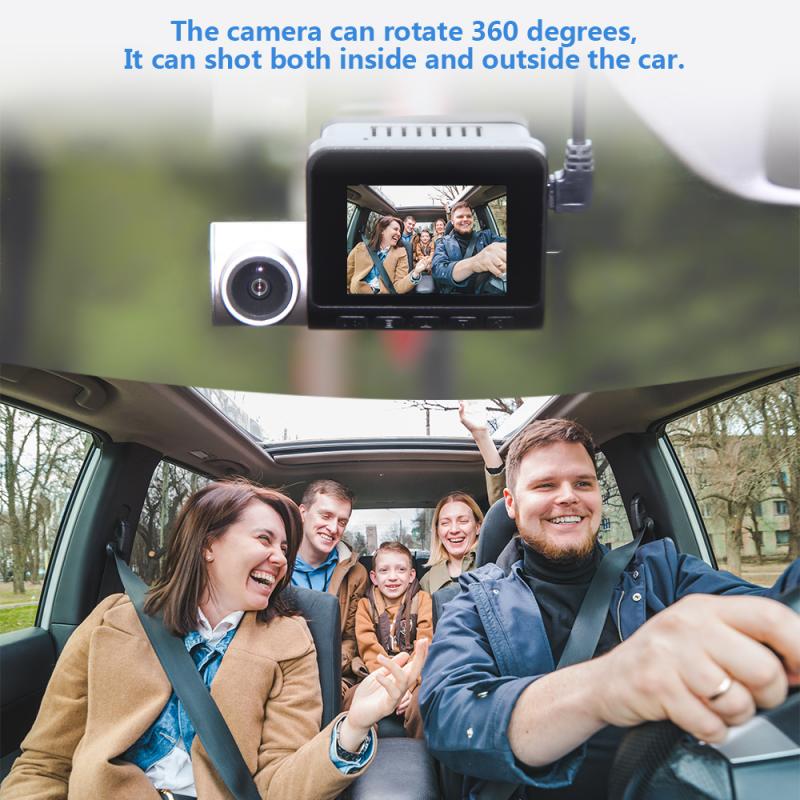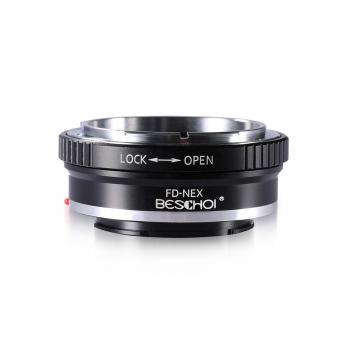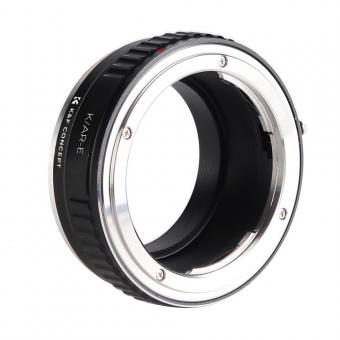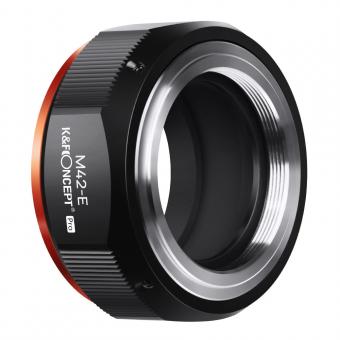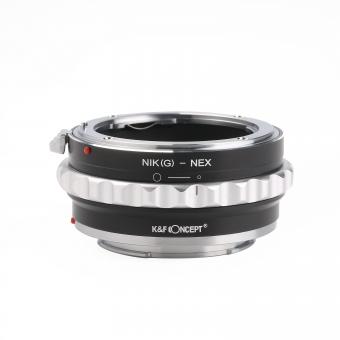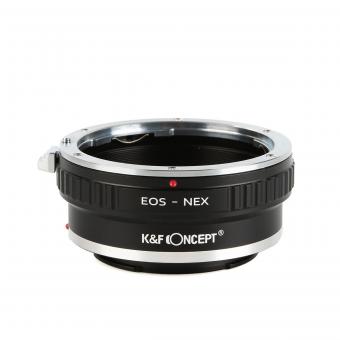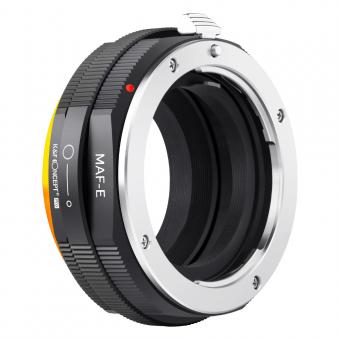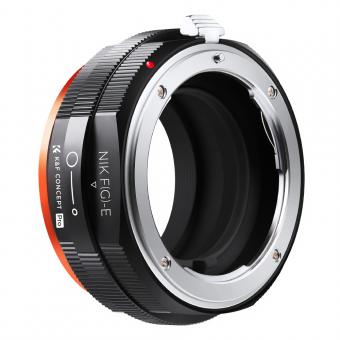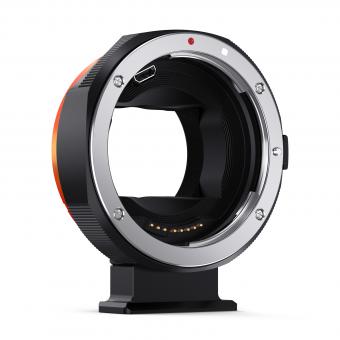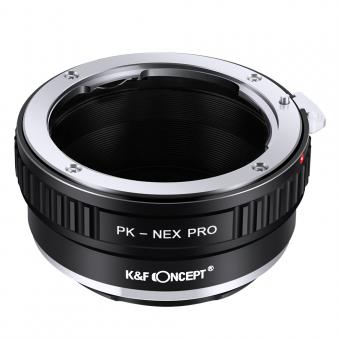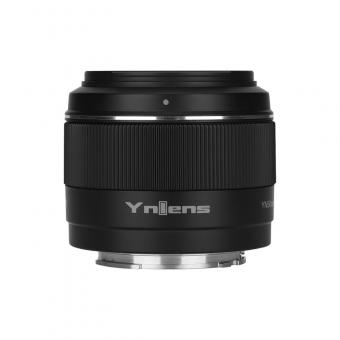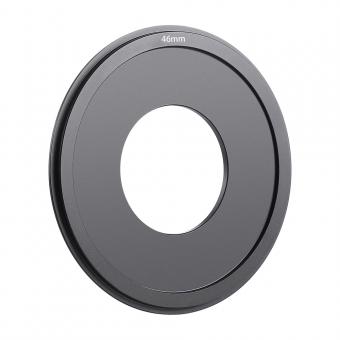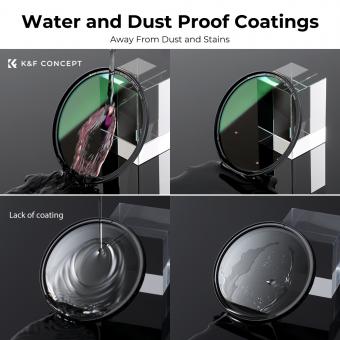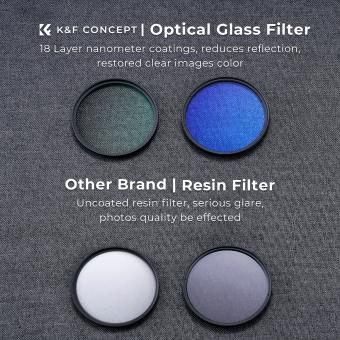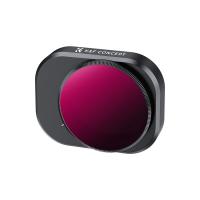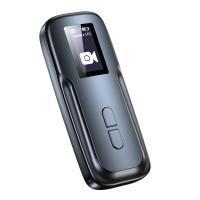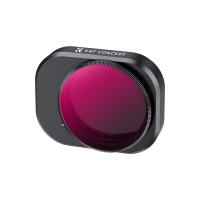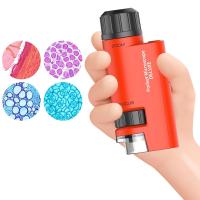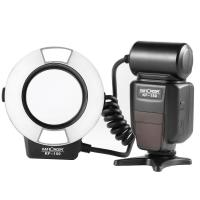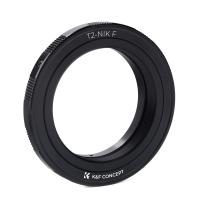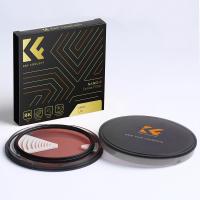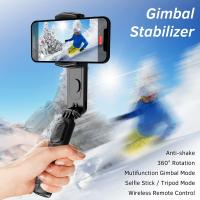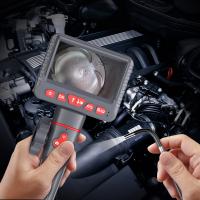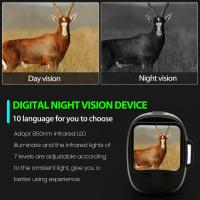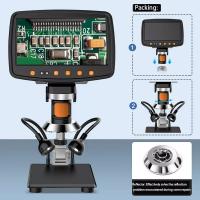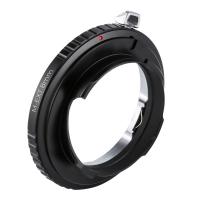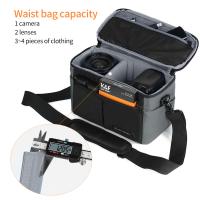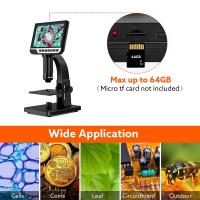What Lens Mount For Sony A7iii ?
The Sony A7III camera uses the Sony E-mount lens system.
1、 Sony E-mount: Native lens mount for Sony A7III
The Sony A7III is a popular full-frame mirrorless camera that offers excellent image quality and advanced features. When it comes to lens compatibility, the Sony A7III utilizes the Sony E-mount, which is the native lens mount for this camera.
The Sony E-mount was introduced by Sony in 2010 for their mirrorless cameras, and it has since become the standard lens mount for their full-frame and APS-C mirrorless cameras. The E-mount is designed to be compact and lightweight, making it ideal for mirrorless camera systems.
One of the advantages of the Sony E-mount is its versatility. It allows you to use a wide range of lenses, including Sony's own native E-mount lenses, as well as third-party lenses from manufacturers like Sigma, Tamron, and Zeiss. This gives you a wide selection of lenses to choose from, whether you're looking for wide-angle, telephoto, or prime lenses.
Additionally, Sony has been continuously expanding their lens lineup for the E-mount system, offering a variety of high-quality lenses for different shooting needs. From fast prime lenses to versatile zoom lenses, there are plenty of options available for Sony A7III users.
It's worth noting that with the use of lens adapters, you can also mount lenses with different lens mounts onto the Sony A7III. This opens up even more possibilities for lens compatibility, allowing you to use lenses from other camera systems.
In conclusion, the Sony A7III utilizes the Sony E-mount as its native lens mount. This provides users with a wide range of lens options, both from Sony and third-party manufacturers. With the continuous expansion of the E-mount lens lineup, Sony A7III users have access to a diverse selection of lenses to suit their shooting needs.
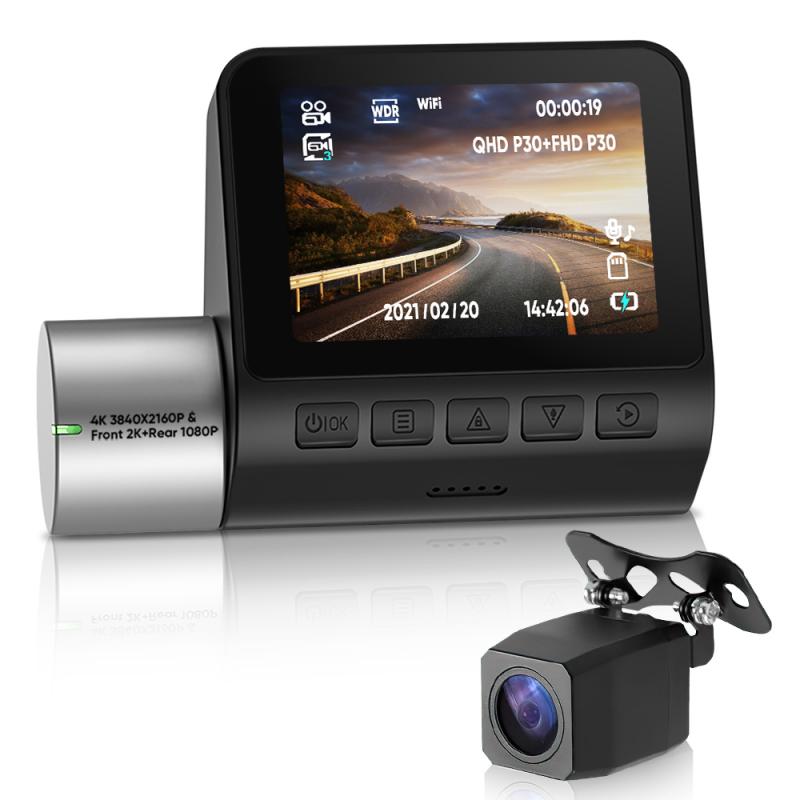
2、 Sony A-mount: Compatible with A-mount lenses via adapter
The Sony A7III is a highly popular full-frame mirrorless camera that offers exceptional image quality and performance. When it comes to lens compatibility, the Sony A7III features the E-mount, which is the native lens mount for Sony's mirrorless cameras. However, it is important to note that the A7III is also compatible with other lens mounts, including the Sony A-mount.
With the Sony A-mount, users can utilize A-mount lenses via an adapter. This opens up a wide range of lens options for A7III users, as they can take advantage of the extensive lineup of A-mount lenses that Sony has to offer. The adapter allows for seamless integration between the A-mount lenses and the A7III camera body, ensuring that users can enjoy the same level of image quality and performance.
It is worth mentioning that while the A-mount adapter allows for compatibility with A-mount lenses, there may be some limitations to consider. Autofocus performance may vary depending on the lens and adapter combination, and certain features such as continuous autofocus may not be fully supported. However, for photographers who already own A-mount lenses or are looking to explore the A-mount lens lineup, the adapter provides a convenient solution.
In conclusion, the Sony A7III features the E-mount as its native lens mount, but it is also compatible with A-mount lenses via an adapter. This versatility allows photographers to take advantage of a wide range of lens options, expanding their creative possibilities with the A7III camera.
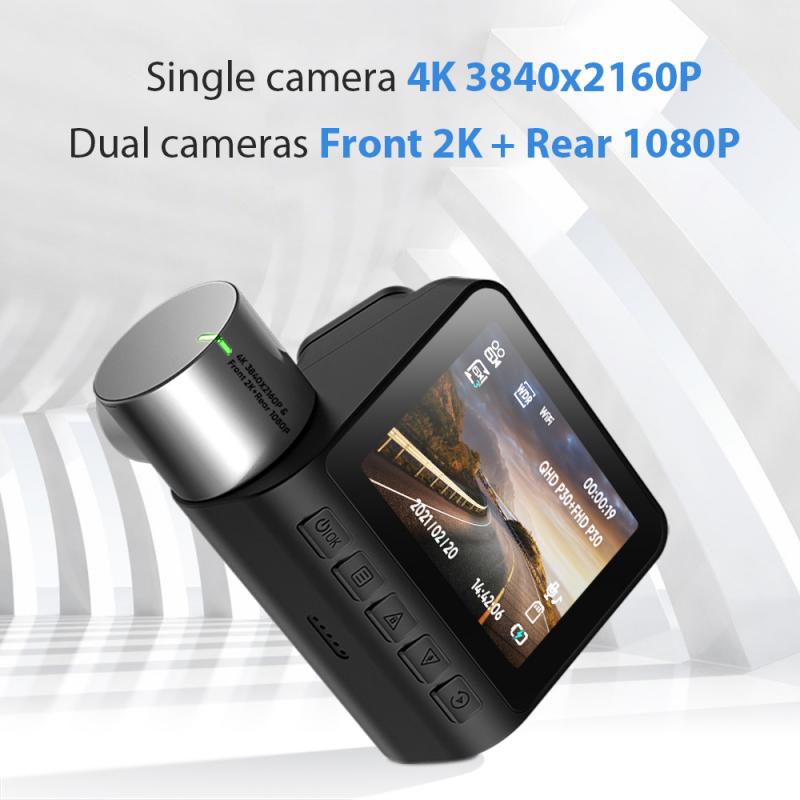
3、 Canon EF-mount: Compatible with Canon EF lenses via adapter
The Sony A7III is a highly popular full-frame mirrorless camera that offers exceptional image quality and performance. When it comes to lens compatibility, the A7III features a Sony E-mount, which is the native lens mount for Sony's mirrorless cameras. However, with the use of adapters, it is possible to mount lenses from other manufacturers as well.
One of the most popular lens mounts for the Sony A7III is the Canon EF-mount. Canon EF lenses are widely regarded for their excellent optical quality and extensive range of options. By using an adapter, such as the Sigma MC-11 or the Metabones Smart Adapter, Canon EF lenses can be mounted onto the A7III, allowing photographers to take advantage of their existing Canon lens collection.
It is important to note that while the use of adapters allows for compatibility, there may be some limitations. Autofocus performance may not be as fast or accurate as when using native Sony lenses, and certain lens features, such as image stabilization, may not be fully functional. However, many photographers have found the performance to be more than satisfactory for their needs.
Additionally, it is worth mentioning that Sony has been steadily expanding its own lens lineup for the E-mount system. With the release of new lenses, photographers now have a wider range of native options to choose from, covering various focal lengths and specialties.
In conclusion, the Sony A7III features a native E-mount, but with the use of adapters, Canon EF lenses can be mounted onto the camera. This provides photographers with a versatile solution, allowing them to utilize their existing Canon lens collection while taking advantage of the A7III's exceptional image quality and performance.
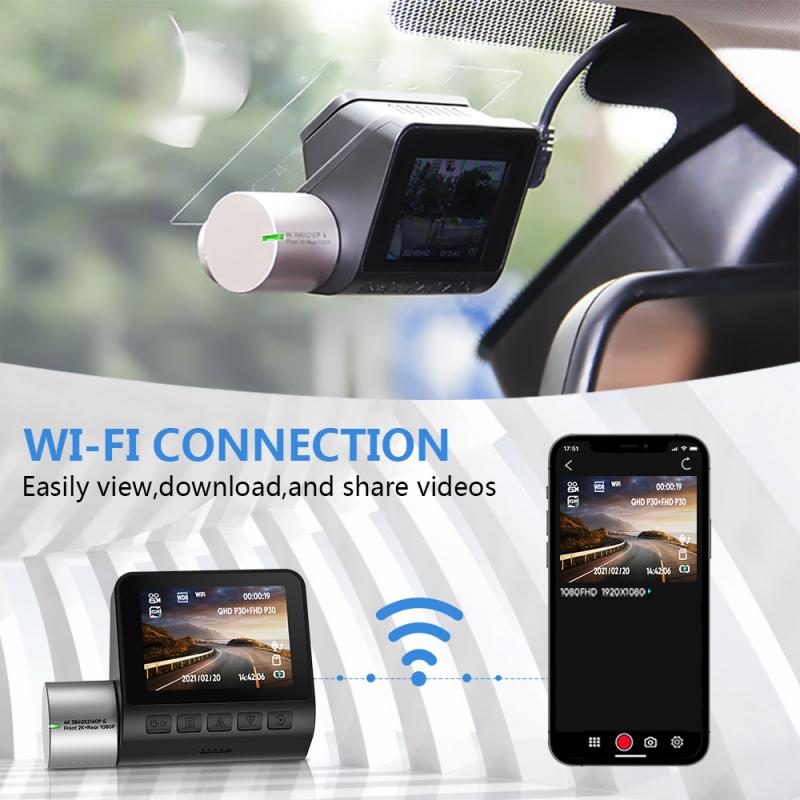
4、 Nikon F-mount: Compatible with Nikon F lenses via adapter
The Sony A7III is a highly popular full-frame mirrorless camera that offers excellent image quality and advanced features. When it comes to lens compatibility, the A7III utilizes the Sony E-mount, which is specifically designed for their mirrorless cameras. However, with the use of adapters, it is possible to mount lenses from other manufacturers onto the A7III.
One of the most popular lens mounts for the Sony A7III is the Nikon F-mount. Nikon has a long history of producing high-quality lenses, and many photographers already own Nikon lenses. By using a Nikon F-mount adapter, these lenses can be easily attached to the A7III, allowing photographers to take advantage of their existing lens collection.
The Nikon F-mount adapter for the A7III provides full electronic communication between the camera and lens, enabling autofocus and aperture control. This means that Nikon lenses can be used seamlessly with the A7III, without sacrificing any functionality.
It is worth noting that while the Nikon F-mount adapter works well with the A7III, there may be some limitations. For example, autofocus performance may not be as fast or accurate as when using native Sony lenses. Additionally, some features specific to Sony lenses, such as in-body image stabilization, may not be available when using Nikon lenses.
Overall, the Nikon F-mount adapter for the Sony A7III is a great option for photographers who already own Nikon lenses and want to take advantage of the A7III's capabilities. It provides a cost-effective way to expand lens options and opens up new creative possibilities.
